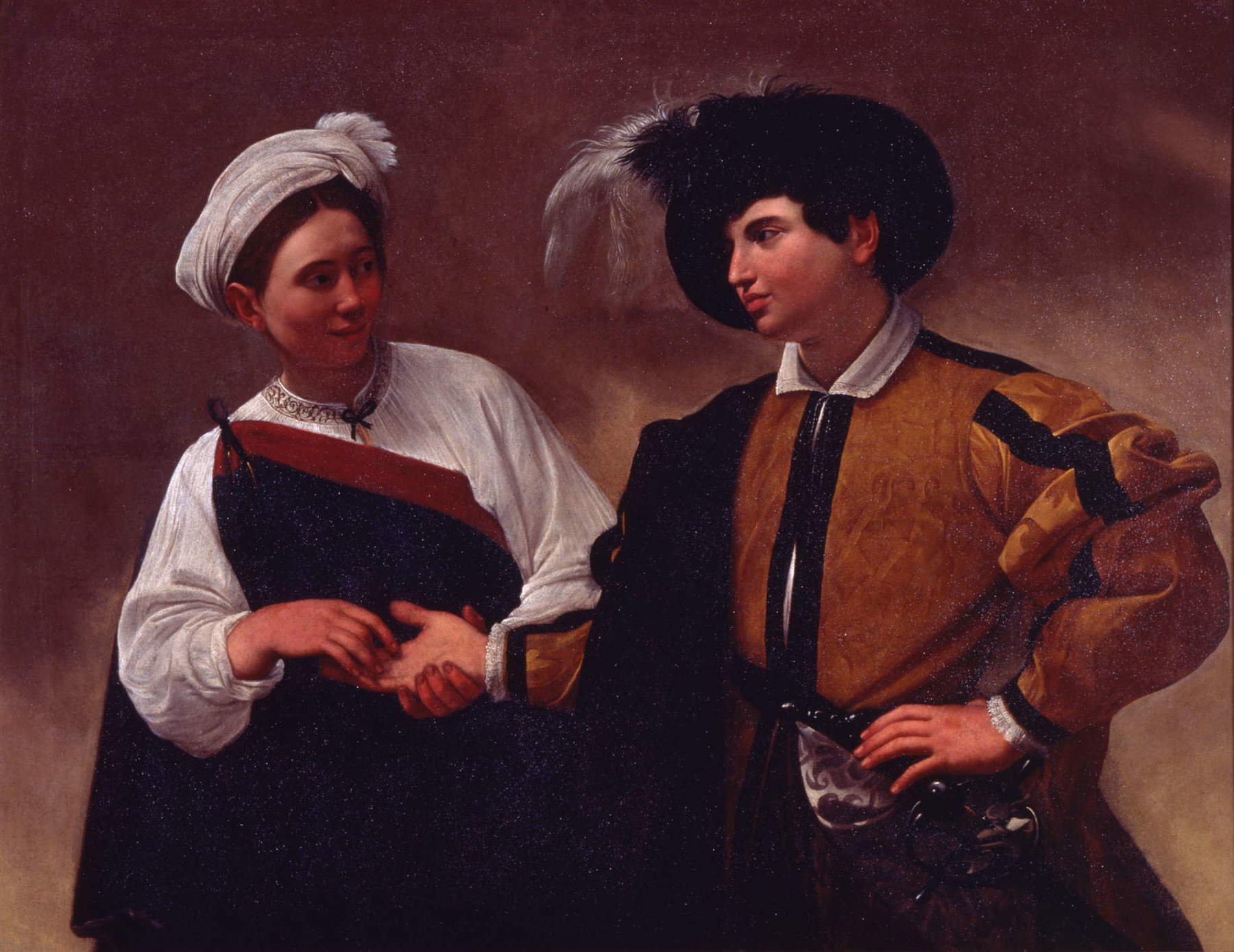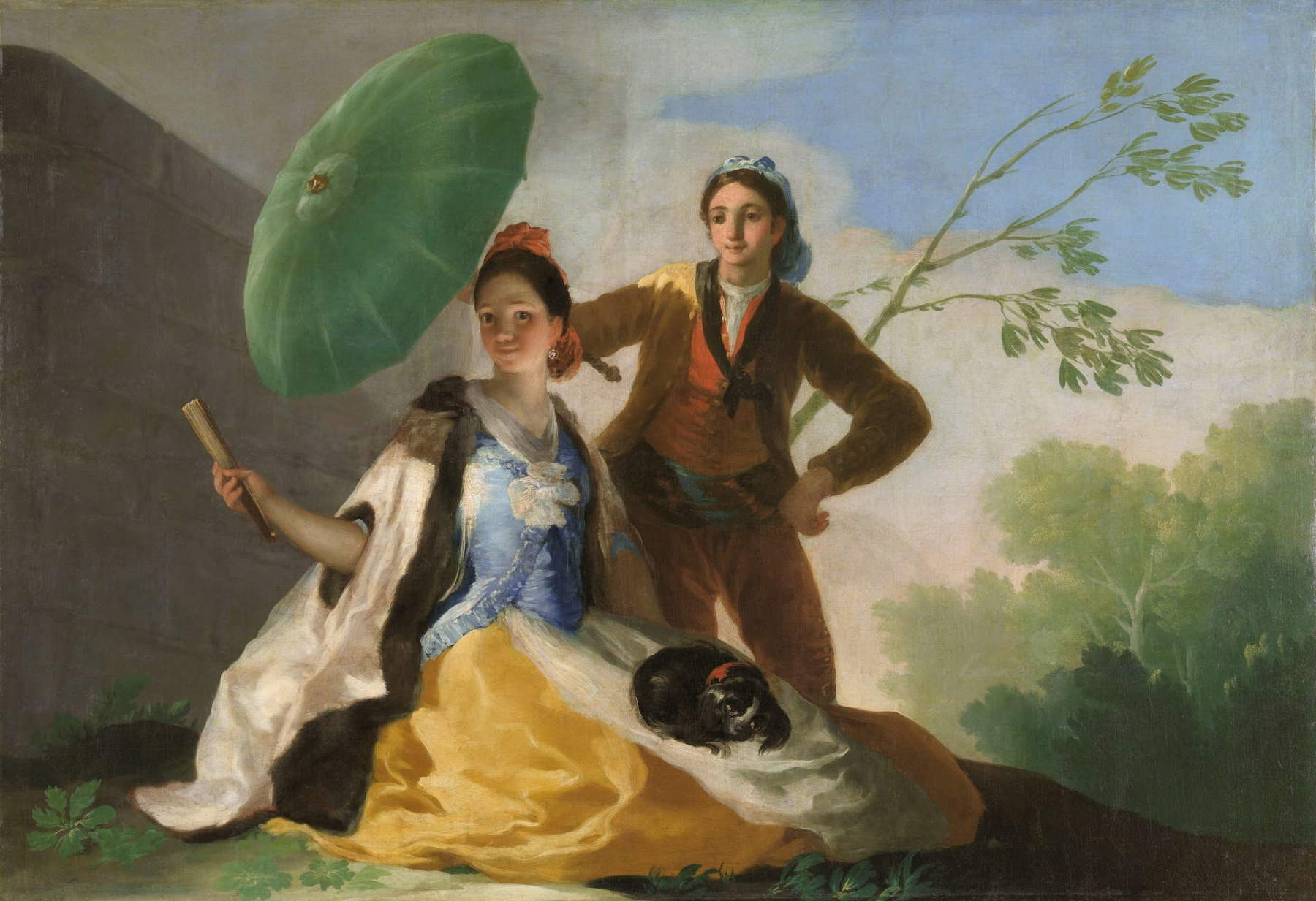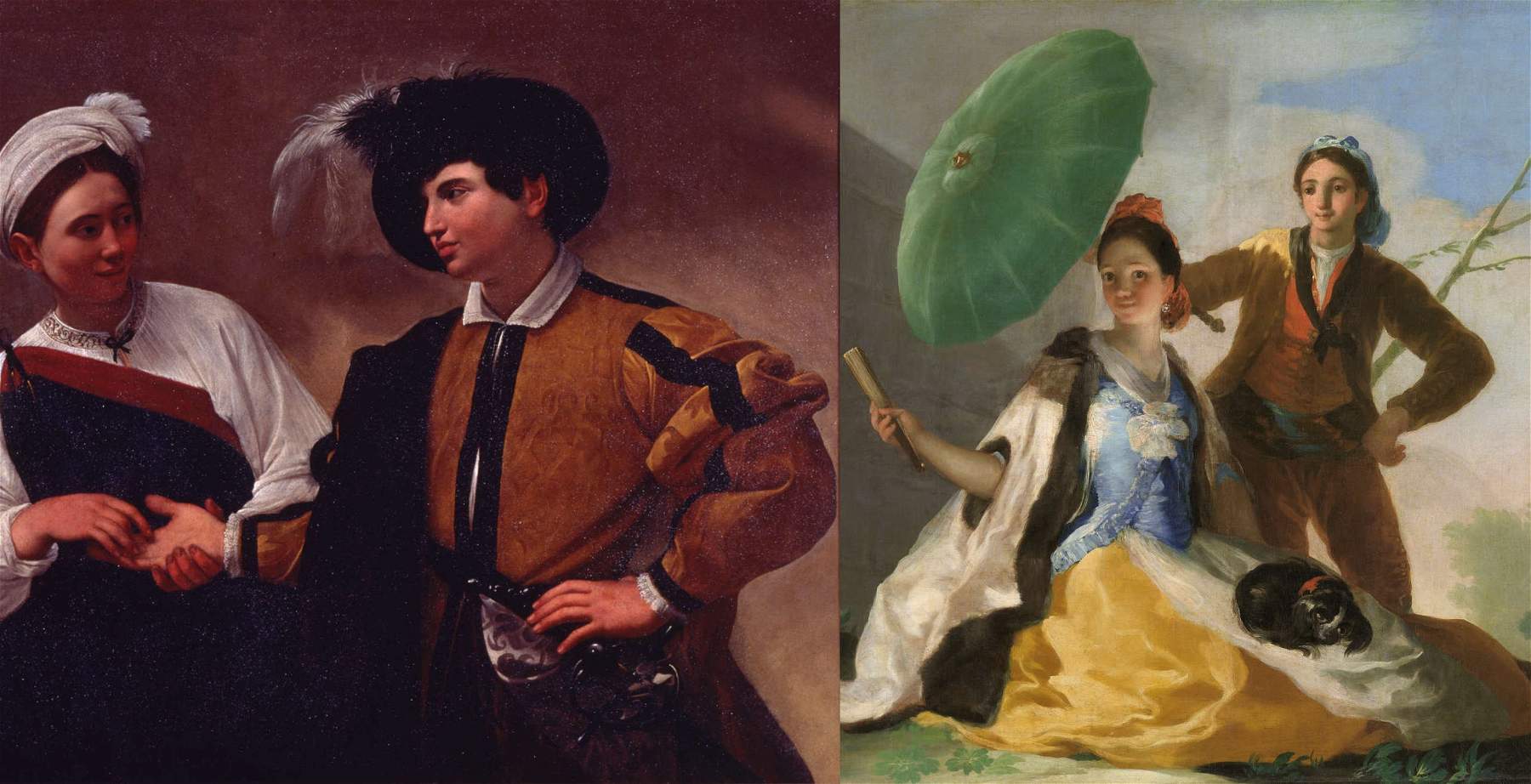Caravaggio and Goya compared in an exhibition in Rome’s Capitoline Museums. Entitled Goya and Caravaggio: Truth and Rebellion , the exhibition project that compares Caravaggio ’s Buona ventura (Michelangelo Merisi; Milan, 1571 - Porto Ercole, 1610) and Francisco Goya’s Parasole (Fuendetodos, 1746 - Bordeaux, 1828), a work that after twenty-three years since its only appearance in the capital (at the National Gallery of Ancient Art, March 18 to June 18, 2000) returns to Rome. The arrival of the canvas, an early masterpiece (from 1777) by Goya, is the result of the cultural policy of exchanging works of art that the Capitoline Superintendent ’s Office has been pursuing for some time with important Italian and international museum institutions. The lending museum is the Prado National Museum in Madrid , which granted Goya’s painting as a counterpart for Guido Reni’s L’Anima Beata, which the Capitolini lent for the Guido Reni exhibition held at the Prado from March 28 to July 9, 2023.
Goya’s Parasole will be housed in the Santa Petronilla Room of the Pinacoteca Capitolina and, as anticipated, positioned next to Caravaggio’s Buona Ventura (1597), with the intention of enriching the tour and offering the public new insights into the great themes of art history. The exhibition project aims to highlight how the two great artists made themselves masterful interpreters of the society of their time and how they described it, introducing revolutionary iconographic and stylistic innovations into their figurative language.


There are many similarities, according to the Capitolini: both canvases belong to the youthful activity of the two artists, in both the protagonists are a woman and a man, both describe with “truth” a scene of daily life in contemporary society, and, finally, both reveal those symptoms of “rebellion” against the iconographic and stylistic conditioning imposed by the academic customs and rules of their time. A “daring comparison between two works so distant in style and time,” the institute defines it (the two works are about 180 years apart), “but each heralds the transition to a new epoch: if Caravaggio can be considered the first modern painter, Goya was instead the first of the ’Romantics’ and the one who paved the way toward contemporary art.” The initiative is promoted by Roma Capitale, Assessorato alla Cultura, Sovrintendenza Capitolina ai Beni Culturali and the educational apparatuses are curated by Federica Papi and Chiara Smeraldi. Organization by Zètema Progetto Cultura.
El Quitasol, the painting’s Spanish title, is one of the preparatory cartoons made by Goya for the cycle of tapestries intended to decorate the dining room of the Pardo Palace in Madrid, the hunting residence of the princes of Asturias: the future King Charles IV and his wife Maria Luisa of Parma. The sketch was delivered by Goya to the Real Fábrica de Santa Bárbara on August 12, 1777, and is described by the artist himself in the delivery receipt as follows: it “depicts a girl sitting on a bank, with a small dog and with a boy at her side who is shading her with a parasol.” The simplicity of the subject is matched by the absolute freedom of invention, no longer hunting themes or allegorical compositions as the Nordic Flemish tradition wanted, but scenes and figures inspired by the real world and contemporary Spanish society. The young woman protected by the parasol, an object of great fashion in the 18th century, is in fact a maja, i.e., a woman of the people, wearing an elegant and opulent dress in French fashions as was the case in Spain on feast days. The woman shows herself in all her beauty to the young majo dressed in typical Madrilenian attire and to the audience to whom she seems to turn a flirtatious glance. Everything contributes to making the scene a game of seduction: the bright colors of her robes, the small dog curled up on her lap, the subtle play of light and shadow that the parasol creates on the maiden’s face. Light and color are undoubtedly the main protagonists of the painting and reveal Goya’s knowledge of ancient painting, particularly Venetian Renaissance painting, but not only. If the influence of Tiepolo and French painting is evident in the airiness of the painting, the deeply realistic interpretation, the theme of seduction, the pictorial technique with the color spread directly on the canvas with the preparation left in visible strokes, as well as well as the effects of light obtained with lead white and the lively play of gazes would almost make one think that the Spanish master’s eye also rested for a moment on Caravaggio’s Buona Vent ura when about six years earlier (1770-1771) he came to Italy and resided in Rome, where he attended the Scuola del Nudo in Campidoglio in whose famous Gallery the Buona Ventura was already preserved there.
The exhibition can be visited during the opening hours of the Pinacoteca Capitolina: daily from 9:30 a.m. to 7:30 p.m. (the ticket office closes an hour earlier). Admission is free and allowed to Capitoline Museums ticket holders and ticket holders for the exhibitions housed therein, according to current pricing. Free admission with the MIC Card. Information: www.museicapitolini.org; www.museiincomuneroma.it
 |
| Rome, Caravaggio and Goya compared in an exhibition at the Capitoline Museums |
Warning: the translation into English of the original Italian article was created using automatic tools. We undertake to review all articles, but we do not guarantee the total absence of inaccuracies in the translation due to the program. You can find the original by clicking on the ITA button. If you find any mistake,please contact us.